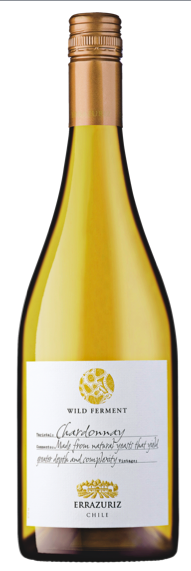Get Premium access to all the latest content online
Subscribe and view full print editions online... Subscribe
Many wines boast an ‘award-winning’ status on their labels – but what does it take to get one of those little medal stickers? Adam Lechmere explains
What do you think when you see the medal roundels on bottles of wine? There are so many – in the UK there are three major wine competitions alone: International Wine and Spirits Challenge (IWSC), Decanter World Wine Awards (DWWA) and International Wine Challenge (IWC). And a fourth – What Food, What Wine? (WFWW) – has launched. As the name suggests, this one’s all about highlighting wines that pair very well with certain foods (such as the tawny port below, which won the award for the best wine to drink with Stilton). But what do these medals really mean?
All the major competitions share common features. Typically, wines are judged blind by a panel of around six professionals (journalists, winemakers and buyers). In some competitions, like the DWWA, judges are told region and price range, nothing else. In others, such as the Brussels-based Concours Mondial, they know only the vintage – neither region, nor price, nor grape variety. For the top medals (the golds and above), wines will usually be re-tasted by a head judging panel.
Judging is taken seriously, not least because your reputation is on the line. If your scores are consistently out of kilter with your peers, you won’t be asked back. It can be exhausting: after 50 or so tannic reds, palate fatigue can affect even the most macho taster.
It’s a precise business. Wines are presented in fl ights of around 12; the Jean-Luc below would have been tasted alongside possibly a dozen northern Rhône reds. They’re judged on a series of criteria – aroma, taste, appearance, typicity. What makes the Jean-Luc outstanding is its combo of sweetness, spice and intriguing bitterness. If you took away any one component it would be a less complex wine, and possibly worth only bronze. Most competitions assess wines within price brackets. The Antea is within the £5-£10 category: it’s a great wine for under a tenner, but if it were £30 it would probably merit a lesser medal.
Entering a competition is expensive. Over 14,000 wines are entered for the DWWA and the IWC, and entry costs about £100 per wine. This year, Marks and Spencer sent 200 wines to each of these competitions – so that’s some £40,000 before factoring in time spent fi lling in the horrendous entry forms. There can be more costs if you win – Decanter makes £100,000 a year from selling medal stickers to producers. With this in mind, competitions may favour bigger, richer winemakers, but supermarkets and importers will enter any wine they think worth a look, so smaller ones can often get noticed this way. But dodgy wines slip through too – after all, a wine competition that didn’t hand out medals wouldn’t be in business for long.
Those in the wine-selling trade certainly reckon a top award from one of the big three is worthwhile. ‘A gold medal from a recognised competition will double sales on most wines,’ says Andrew Bird, Marks and Spencer’s head of beers, wines and spirits. According to Lynn Murray, head of marketing at big importer Hatch Mansfi eld, ‘People can see it’s not just us saying this wine is great.’ Whatever the faults of the awards, knowing what the ‘experts’ think can be valuable to the consumer. So, next time you see a winning wine, think of them – endlessly swirling, spitting and debating. Hard work, but someone’s got to do it.
WFWW loved this Barossa gem: ‘Rich sweet fruit, figs, plums and raisins... the perfect foil to the intense saltiness of Stilton.’
Available at:Harrods

Fresh modern white Rioja, with lemon fruit and white fl owers. Floral at fi rst but bone dry in the midpalate, refreshing and fruity with gripping acids. Drink with robust grilled fish.
Available at:Majestic

Lovely old-fashioned Rioja with a leathery, spicy nose and fragrant palate of stewed plums, black fruit, nice silky tannins – and is that a hint of sweet quince? Venerable old trooper, enjoy with a beef stew.
Available at:Waitrose

Errazuriz is a pioneer in natural, uncultured yeasts. This ‘wild ferment’ gives the wine a rustic edge, alongside toasty, creamy mouthfeel and zesty lemon, lime, spice and fresh cut apple.
Available at:The Co-operative

An explosively juicy mouthful with spicy blackberries and sweet black cherries; sage and thyme, offset by bitter chocolate and a long finish. Superb with game – grouse as a preference.
Available at:Waitrose

Subscribe and view full print editions online... Subscribe